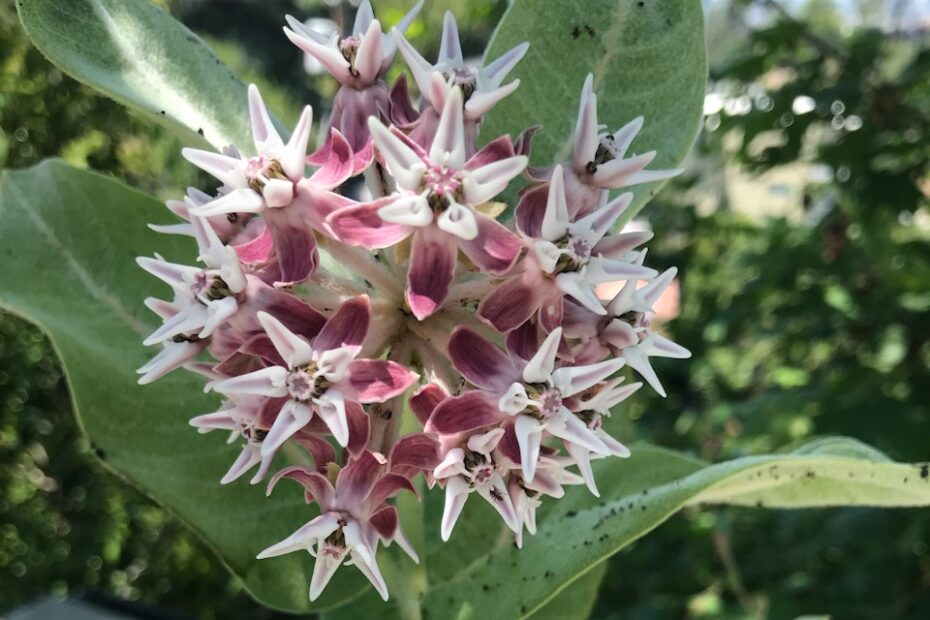Southern California is home to a diverse range of native plants that are suitable for monarch butterflies, and in this article, we will discuss some of the best options.
Milkweed – The monarch butterfly’s life cycle revolves around the milkweed plant. It is the sole host plant for the monarch caterpillar, and the leaves provide food for the larvae. Milkweed is also the only plant on which monarchs lay their eggs. Southern California has several native milkweed species, including the narrow-leaved milkweed (Asclepias fascicularis), showy milkweed (Asclepias speciosa), and woolly milkweed (Asclepias eriocarpa).
California Buckwheat – California Buckwheat (Eriogonum fasciculatum) is a native plant that produces small, white to pink flowers that bloom throughout the summer and fall. Its nectar-rich flowers are a popular food source for adult monarch butterflies. California Buckwheat is drought-tolerant, making it a great option for Southern California’s arid climate.
Black Sage – Black sage (Salvia mellifera) is a woody shrub that produces blue-purple flowers in the spring and summer. The nectar from its flowers is a favorite of adult monarch butterflies. Black Sage is also drought-tolerant and can grow up to six feet tall.
Goldenrod – Goldenrod (Solidago californica) is a tall, showy perennial that produces bright yellow flowers in the fall. Its nectar is an important food source for monarch butterflies as they prepare for their long migration. Goldenrod is easy to grow and can thrive in a variety of soil types.
Yarrow – Yarrow (Achillea millefolium) is a delicate, fern-like plant that produces small clusters of white or pink flowers in the summer. Its nectar is a popular food source for adult monarch butterflies. Yarrow is a hardy plant that can grow in a variety of soil types and prefers full sun.
California Fuchsia – California Fuchsia (Epilobium canum) is a low-growing plant that produces bright orange-red flowers in the late summer and fall. Its nectar is a favorite of adult monarch butterflies. California Fuchsia is drought-tolerant and can grow in a variety of soil types.
In addition to planting native plants, it’s essential to provide habitat for monarch butterflies. Some ways to do this include:
- Plant milkweed in sunny, well-drained areas that receive at least six hours of sunlight per day.
- Provide shelter by planting taller plants, such as goldenrod or black sage, that can provide a windbreak for the monarchs.
- Avoid using pesticides or herbicides that can harm monarch butterflies and other pollinators.
Milkweed is the primary host plant for monarch larvae, while plants like California Buckwheat, Black Sage, Goldenrod, Yarrow, and California Fuchsia provide nectar for adult butterflies. By creating habitat and providing food sources, we can help ensure that these magnificent creatures continue to thrive in our region.


